The name Boeing has long been associated with the forefront of commercial aviation, distinguished engineering innovation, and the facilitation of global connectivity. Yet, the past few years have presented significant challenges, as safety concerns and high-profile accidents have put tremendous strain on public trust and regulatory scrutiny. This detailed review by MyAviation Magazine delves into Boeing’s current safety performance, the strides made in recent years, ongoing challenges, and the overall outlook for this prominent player in the aerospace industry.
Boeing’s Global Safety Footprint
Boeing aircraft form a critical part of the global aviation landscape, representing approximately 40% of all commercial aircraft currently in operation around the globe. The company’s diverse portfolio includes:
- Boeing 737 Family: Renowned as the backbone of short- to medium-haul air travel, the 737 series has become a staple for both low-cost carriers and major airlines alike, thanks to its versatility and efficiency.
- Boeing 777 and 787 Dreamliner: These aircraft are celebrated for their long-haul capabilities and exceptional fuel efficiency, driven by advanced aerodynamics and cutting-edge technology. The 787 Dreamliner, in particular, is praised for its use of composite materials, which reduce weight and enhance fuel performance.
- Boeing 747 (Legacy Model): Although the iconic 747 is mostly retired from passenger service, it remains integral to the cargo sector and various specialized operations, demonstrating its lasting legacy in aviation.
While safety remains a core principle of Boeing’s operations, recent years have seen the company under intense scrutiny for its safety protocols and practices.
The MAX Crisis & Rebuilding Trust
The catastrophic incidents involving the Boeing 737 MAX in 2018 and 2019—specifically, the tragic crashes of Lion Air Flight 610 and Ethiopian Airlines Flight 302—rocked the aviation industry to its core. Investigative reports exposed critical flaws in the Maneuvering Characteristics Augmentation System (MCAS), as well as significant deficiencies in pilot training methodologies, certification processes, and the overarching internal culture at Boeing that prioritized speed and cost over thorough safety checks.
Progress Since the Crisis
In response to these challenges, Boeing has taken substantial corrective actions to restore faith in its commitment to safety:
- MCAS Redesign: Boeing implemented a comprehensive redesign of the MCAS, which now incorporates multiple sensor inputs to enhance its reliability and prevent erroneous activation.
- Enhanced Pilot Training Requirements: The company has worked closely with aviation authorities to establish rigorous training protocols that ensure pilots are fully prepared to handle potential emergencies effectively.
- Regulatory Reforms: Stricter oversight measures have been introduced by the Federal Aviation Administration (FAA) to ensure ongoing compliance and enhance safety monitoring.
- Global Fleet Inspections and Safety Audits: Boeing has initiated extensive inspection programs across its global fleet to identify and rectify any potential safety issues proactively.
As a result of these efforts, the 737 MAX has been reintroduced to service in over 60 countries, with more than 1,500 aircraft now operating safely worldwide as of 2025.
The Boeing 787 Dreamliner: Engineering Excellence & Safety Measures
The Boeing 787 Dreamliner is lauded for its innovative composite fuselage and impressive fuel efficiency, maintaining a strong safety record throughout its operational history. Nevertheless, there have been persistent concerns about the following:
- Structural Integrity: Issues related to fuselage joins need careful monitoring to ensure the aircraft can withstand the stresses of flight.
- Electrical System Inspections: Regular checks of the aircraft’s electrical systems are crucial for maintaining operational safety and reliability.
- Manufacturing Quality Control: Certain production facilities have shown inconsistencies, leading Boeing to enhance quality control measures to ensure that every airplane meets their high standards.
Despite these challenges, it is reassuring to note that no major incidents involving the 787 have been linked to inherent design flaws. Boeing is actively collaborating with regulatory authorities to secure ongoing airworthiness.
Current Safety Statistics & Incident Overview
- Boeing Jet Accident Rate (2024): The accident rate stands at an impressive 0.09 accidents per million departures, consistent with global industry averages.
- Fatal Accidents (Boeing Commercial Jets 2023-2025): Notably, there have been no fatal accidents recorded involving design flaws in Boeing’s aircraft during this period, a testament to improvements in safety measures and oversight.
- Regulatory Compliance: All Boeing aircraft types currently meet or exceed operational safety standards established by the FAA, EASA, and CAAM (Malaysia), indicating a robust commitment to regulatory adherence.
This thorough overview highlights Boeing’s dedication to enhancing safety and operational integrity in the face of adversity, showcasing a relentless pursuit of excellence in the aviation sector.

Ongoing Challenges for Boeing Safety
Despite making notable strides recently, Boeing still confronts several significant challenges as it seeks to restore its position in the aviation industry:
- Rebuilding Trust: One of the most critical tasks for Boeing is to rebuild trust among the public and airline partners, which was deeply shaken following the MAX crisis. This involves transparent communication and demonstrating a commitment to safety and reliability.
- Manufacturing Quality Control: Ensuring consistent manufacturing quality across all its production facilities is essential for Boeing. This means implementing rigorous quality assurance protocols to prevent defects and maintain high standards in aircraft assembly.
- Regulatory Scrutiny: The company must navigate ongoing and intense scrutiny from regulatory bodies. This includes satisfying new safety regulations and gaining the approval of regulators who are more cautious about Boeing’s operations after the past incidents.
- Workforce and Supply Chain Challenges: Boeing is also facing pressures related to its workforce and supply chain, which have affected delivery timelines for new aircraft. Addressing these issues requires strategic planning and investment in both human resources and supply chain management.
Industry Outlook: Is Boeing Regaining Its Safety Reputation?
Despite these challenges, there are signs of cautious optimism in the market:
✔️ Continued Orders from Major Airlines: Airlines such as Malaysia Airlines, along with other global carriers, continue to place orders for Boeing aircraft, signaling a recovery in confidence in the brand.
✔️ Modernization of the Widebody Fleet: The innovative 787 and 777X programs are crucial for Boeing’s strategy, as they are expected to enhance and modernize the widebody fleet, making them more efficient and appealing to airlines.
✔️ Closer Regulatory Collaboration: Regulatory agencies have begun to work more closely with Boeing on safety reviews and compliance processes, reflecting a mutual interest in improving aviation safety standards.
✔️ Recovering Passenger Confidence: Passenger confidence in flying is steadily improving, which bodes well for aircraft demand; however, Boeing continues to face significant competitive pressure from Airbus, which remains a formidable opponent in the market.
Boeing’s Safety Journey—Progress, but Challenges Ahead
Boeing’s long-standing reputation for safety and engineering excellence has withstood considerable challenges in recent years. Although the company has made measurable progress in several areas, the aviation community is still carefully observing its actions. For Boeing to fully restore its image, it must maintain an unwavering commitment to safety, continually improve its manufacturing processes, and earn back the trust of both its customers and the flying public.
The skies will be watching.


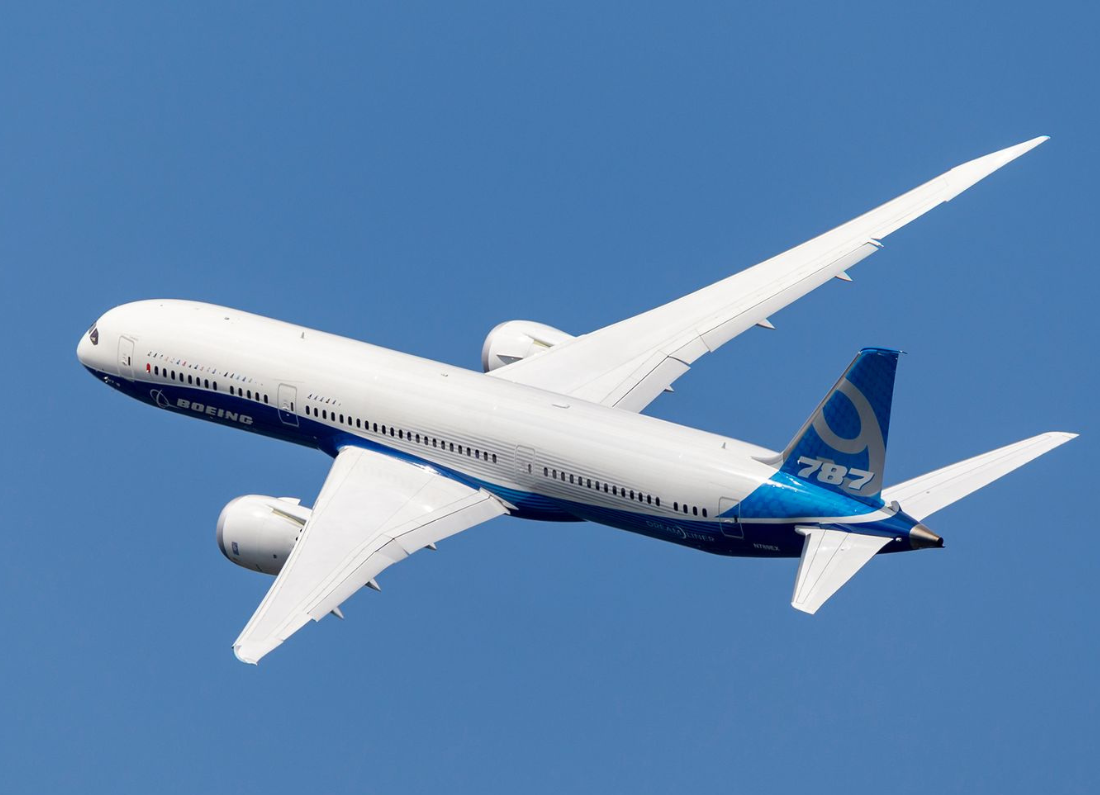

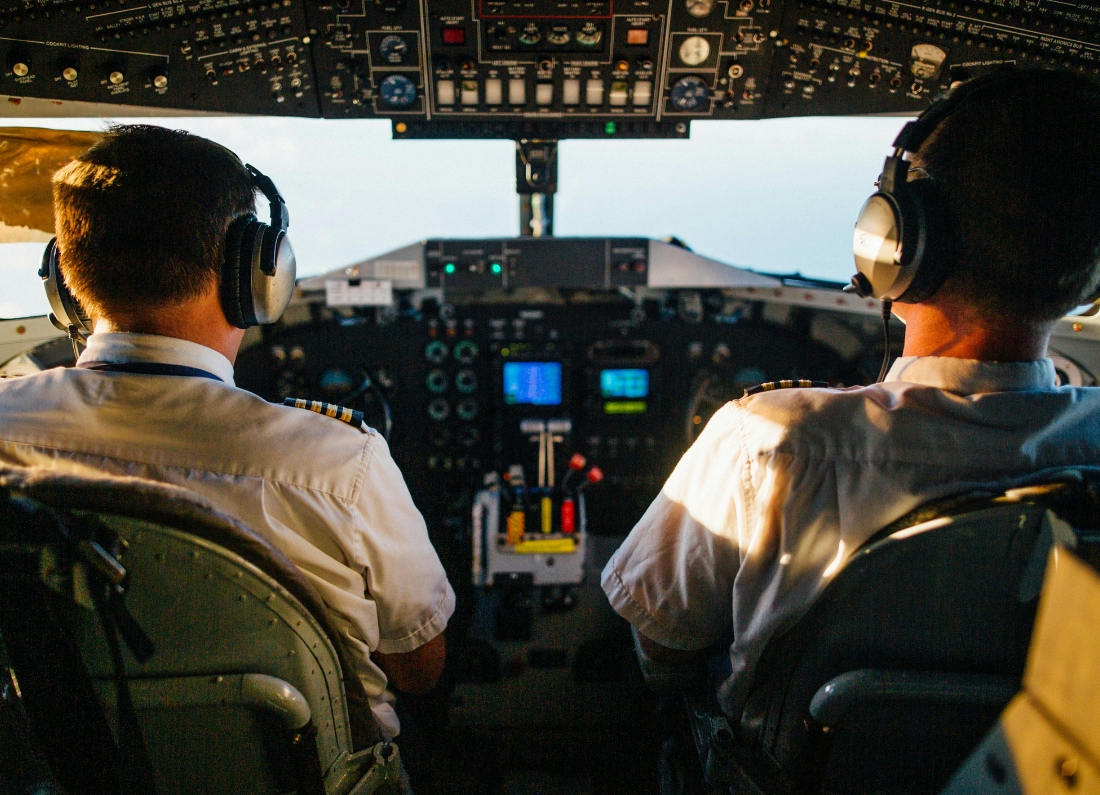
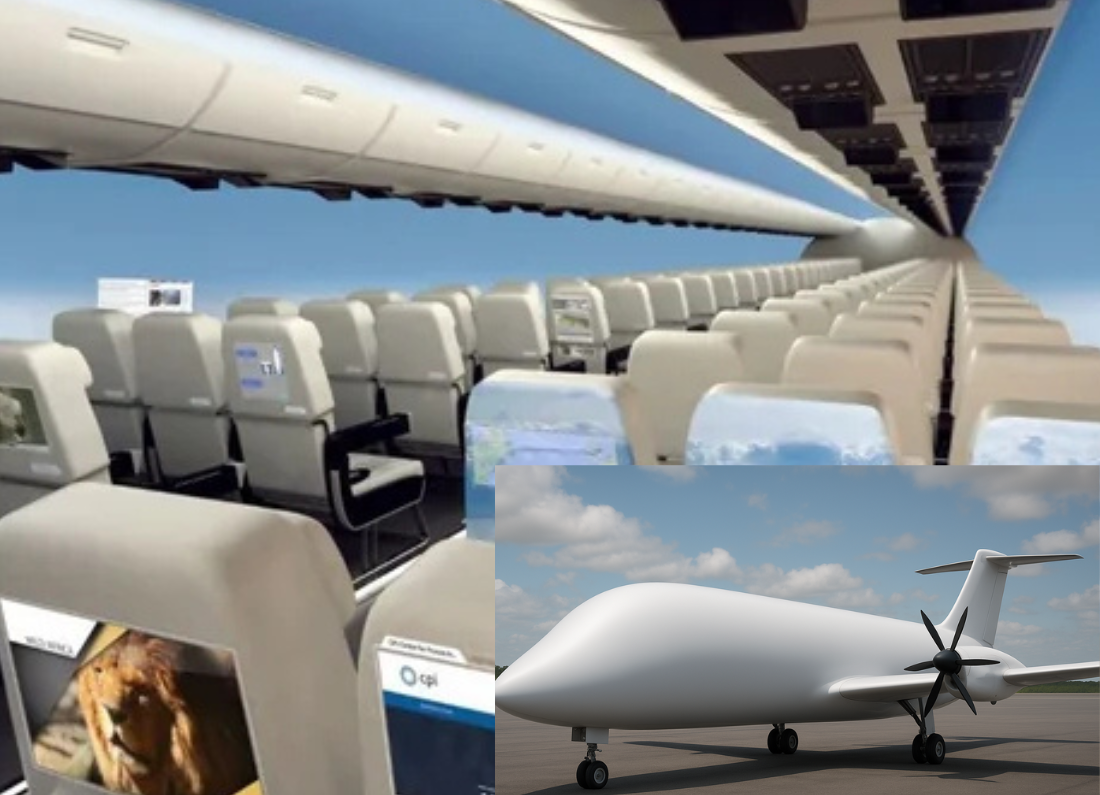



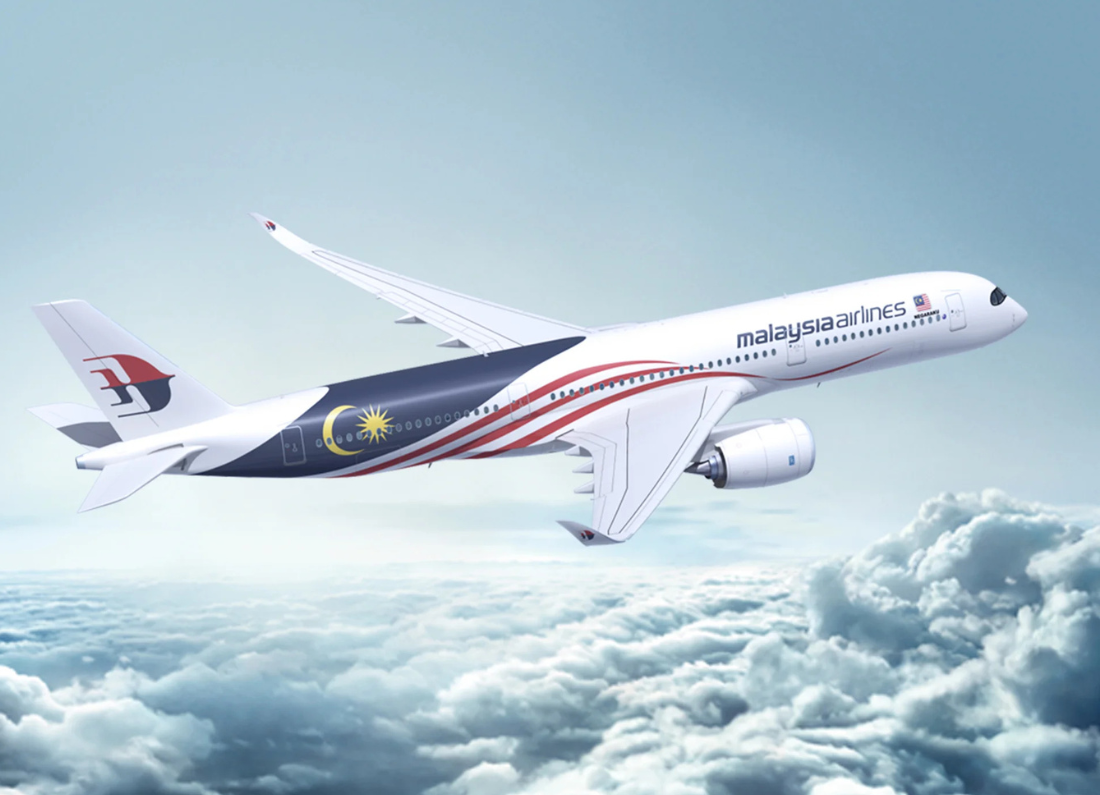





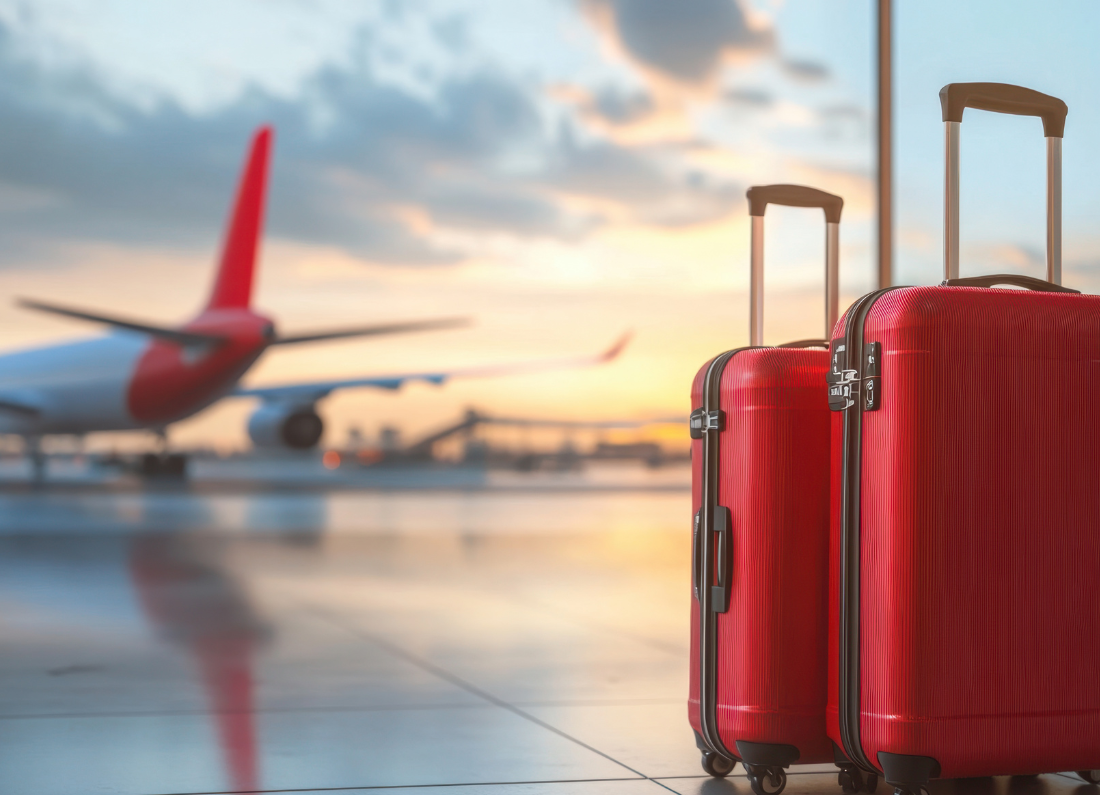

Leave a Reply